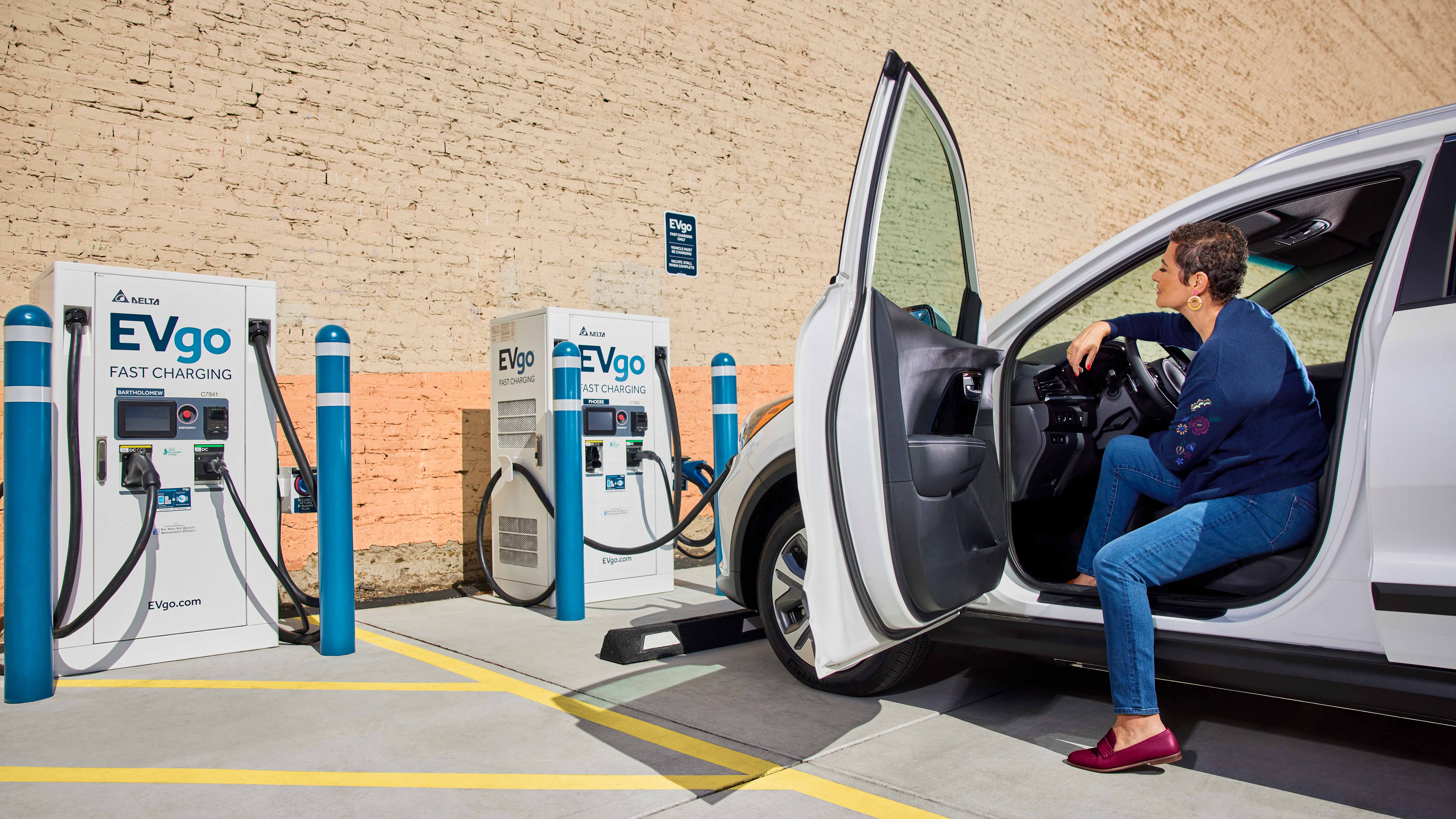
Three years ago, the following question appeared on the subreddit r/lyftdrivers:

The post generated several likes and a flurry of recommendations: “Shake shack in weho no code needed” and “The Ralph’s east of downtown is open 24 hours,” as well as advice on picking hotels: “The fancier the better, just act like you own the place.”
The predominant tone was commiseration: Finding a bathroom was a major challenge for drivers whose trips often led them into unfamiliar areas. They didn’t always feel safe using poorly lit gas station restrooms late at night. They prized convenient parking or the ability to grab a snack. And because drivers wanted to maximize their time on the road, they needed reliable, up-to-date information. Sure, there were other toilet-finding apps — like Flush Toilet Finder & Map and Where is Public Toilet — but they didn’t address these specific needs.
However, the post also pointed to a potential solution: crowdsourcing knowledge from the driver community itself.
This fall, Lyft began rolling out a product that operates like an in-app version of that Reddit post. “Restroom Finder,” found within the “Map Explorer” section of the Lyft Driver app, displays nearby restrooms recommended by other drivers and uses driver feedback to provide the information (parking, lighting, etc.) particularly important to drivers. The product is currently available in most major cities, with plans to extend to all regions that Lyft serves in the U.S. and Canada in early 2025.

This is just the latest Lyft effort to leverage the knowledge of the driver community to enrich its maps. For example, in October, Lyft launched a product to help drivers of electric vehicles report broken chargers, to avoid surprises when charging on the go.
Restroom Finder was first developed at a Lyft hackathon in June — an event where the company gathers employees, in particular its engineers, into teams to build out functioning products in just two days. By the end of the sprint, the team had a prototype that featured a list of nearby restrooms and routes to get to them.
As it turns out, Lyft CEO David Risher had already heard drivers request such a product at a roundtable event with the Independent Drivers Guild in New York City earlier that spring. So after the hackathon, launching Restroom Finder became a priority.
Going from hackathon to a complete product meant testing the prototype with multiple drivers — to better understand what was, and wasn’t, working. In one-on-one interviews, drivers stressed the need to see the ease of parking, as well as the distance from the lot to the bathroom. “I don’t want to go up stairs or way in the back of the store,” explained one driver, who also emphasized the importance of knowing the type of establishment: “You’re an intrusion at a restaurant; you’re not an intrusion at a grocery store.” Across the board, there was a preference for quality restrooms. As another driver put it, “I’ll make the extra effort — the extra time — to go somewhere that I feel safer, even if it takes me longer.”

And the best way to ensure quality? Other drivers. According to a Miami-based driver: “It’d be good if a driver recommended it, and I could certify it as a good place to use the restroom.”
Lyft designers and engineers built out the product accordingly, providing tags for restrooms like “Easy Parking,” “Clean,” and “Well-lit.” They let drivers filter the results for “Customer use only” and “Women+ driver favorite.” They also added an option for drivers to suggest a new restroom for Lyft to review (to make sure it’s not, say, in someone’s home) before adding it to the map. Lyft would only intervene if a restroom receives a one-star rating, by taking it off the map.
After successfully navigating to a restroom, drivers were prompted to rate it themselves, which not only contributed more data to the ratings but populated a “Last updated” field (so drivers know how recently it was rated). In this way, the app stays up to date — almost entirely through the drivers’ hands. This community aspect proved particularly compelling to drivers, who were most likely to respond to marketing touting the feature as “for drivers, by drivers.”

As of November 18, 2024, Restroom Finder is now available to over 75% of drivers, and early evidence points to a huge success. Over half of the drivers who open Restroom Finder use it two to three times a week, and roughly 20% of drivers use it over six times a week. What’s more, drivers are indeed populating the map themselves: 1,200 new restrooms have already been added.
Pop over to r/lyftdrivers and you’ll see a new bathroom-related post: this time, with the title “Let’s gooooo” and featuring — you guessed it — a screenshot of Restroom Finder.


